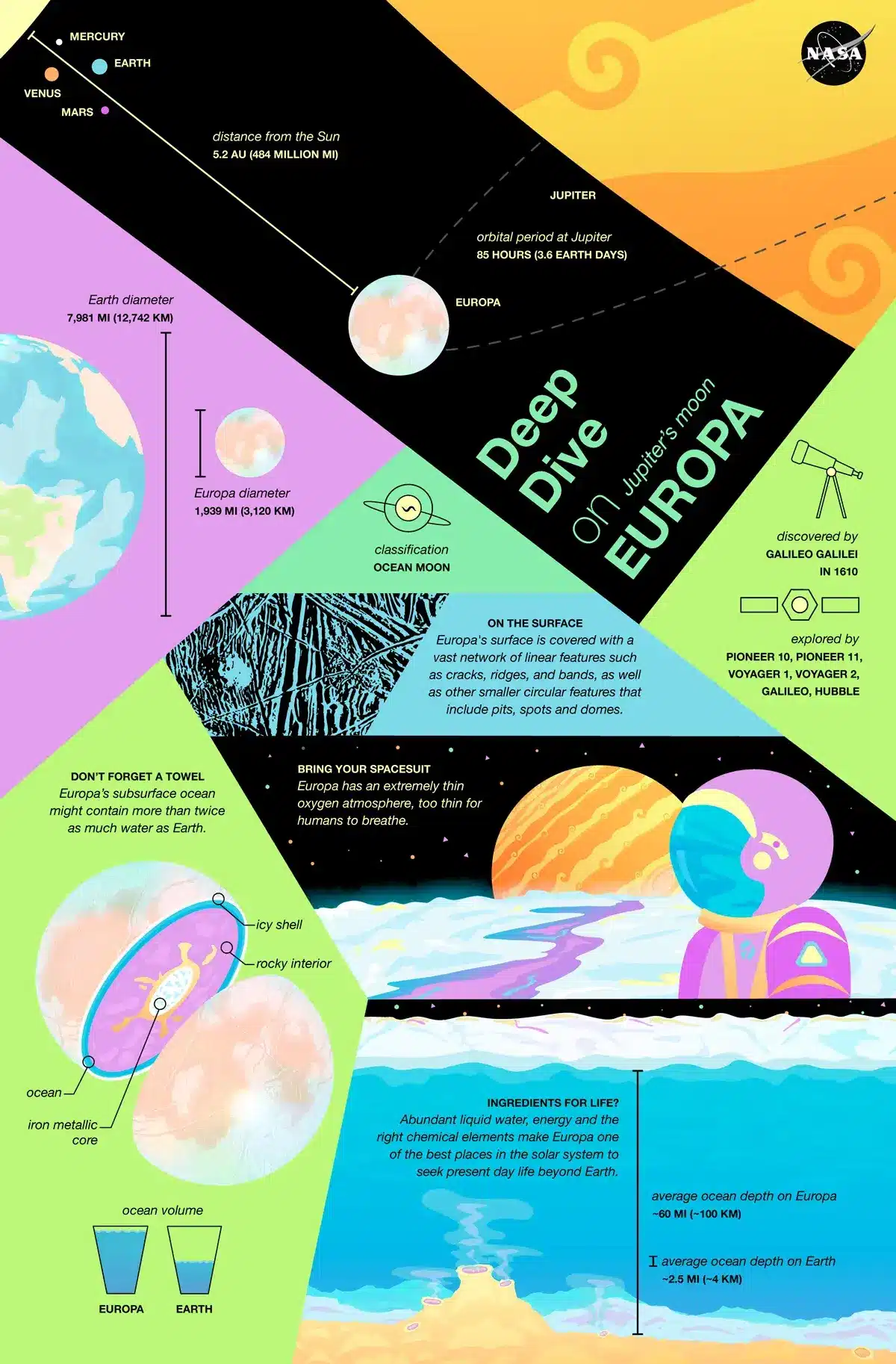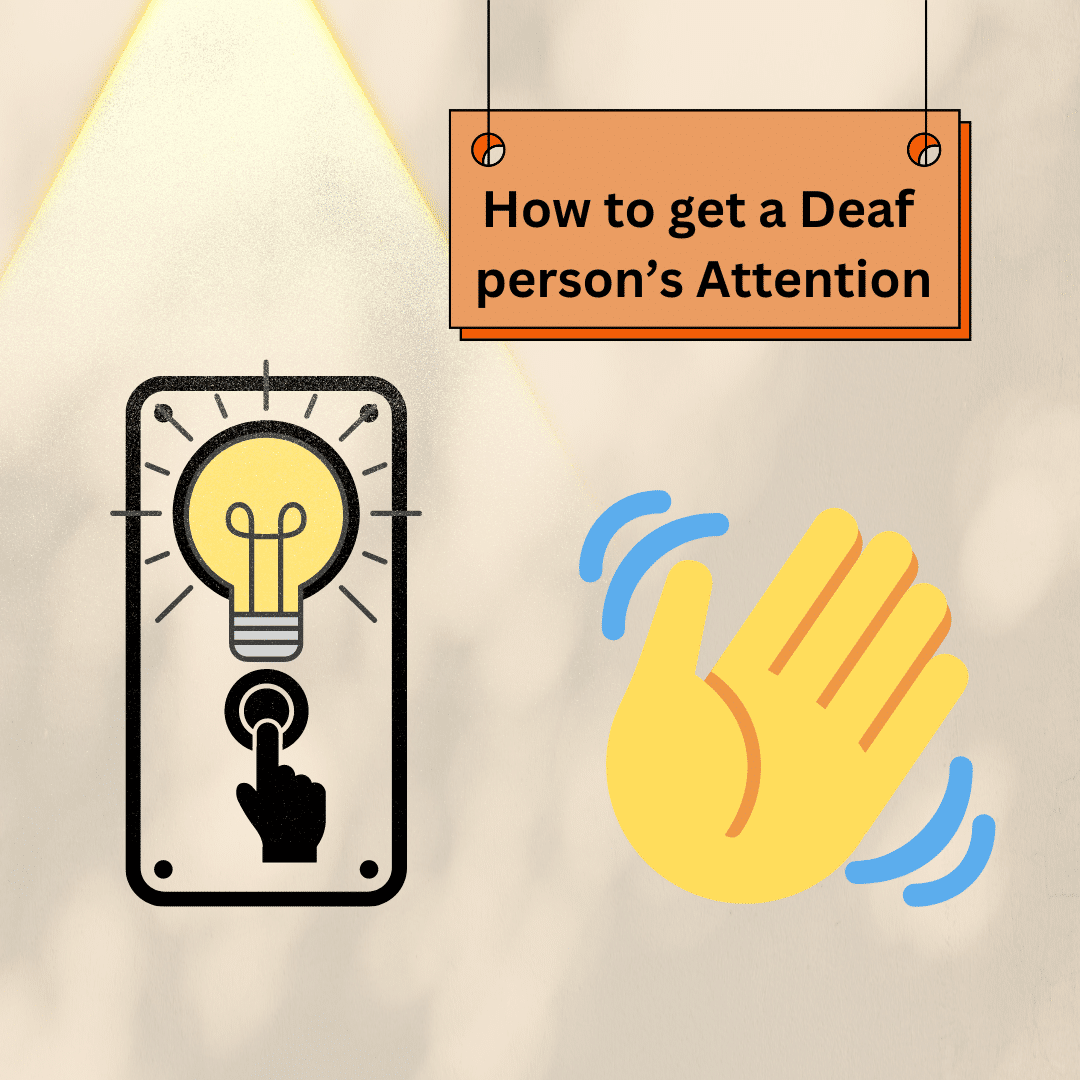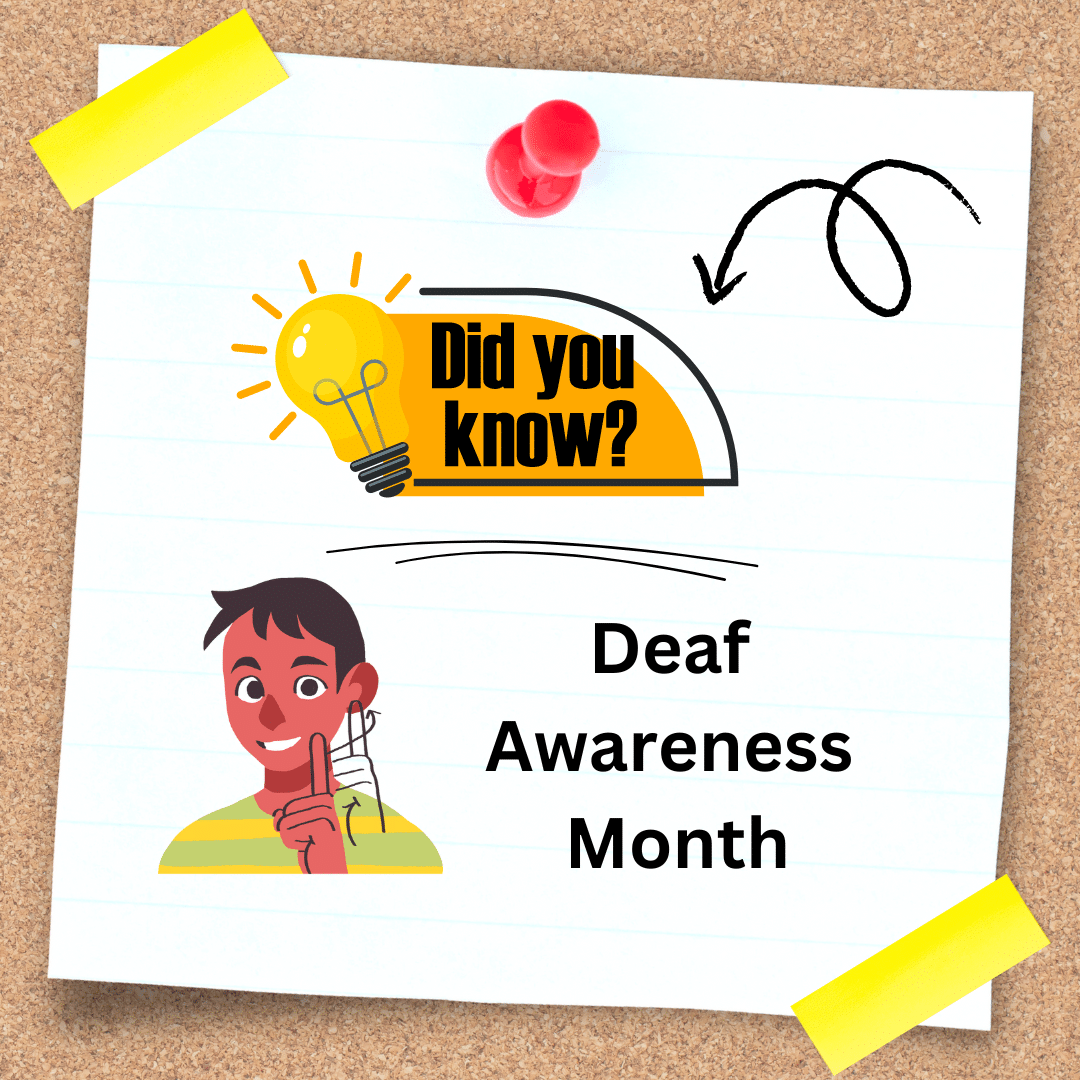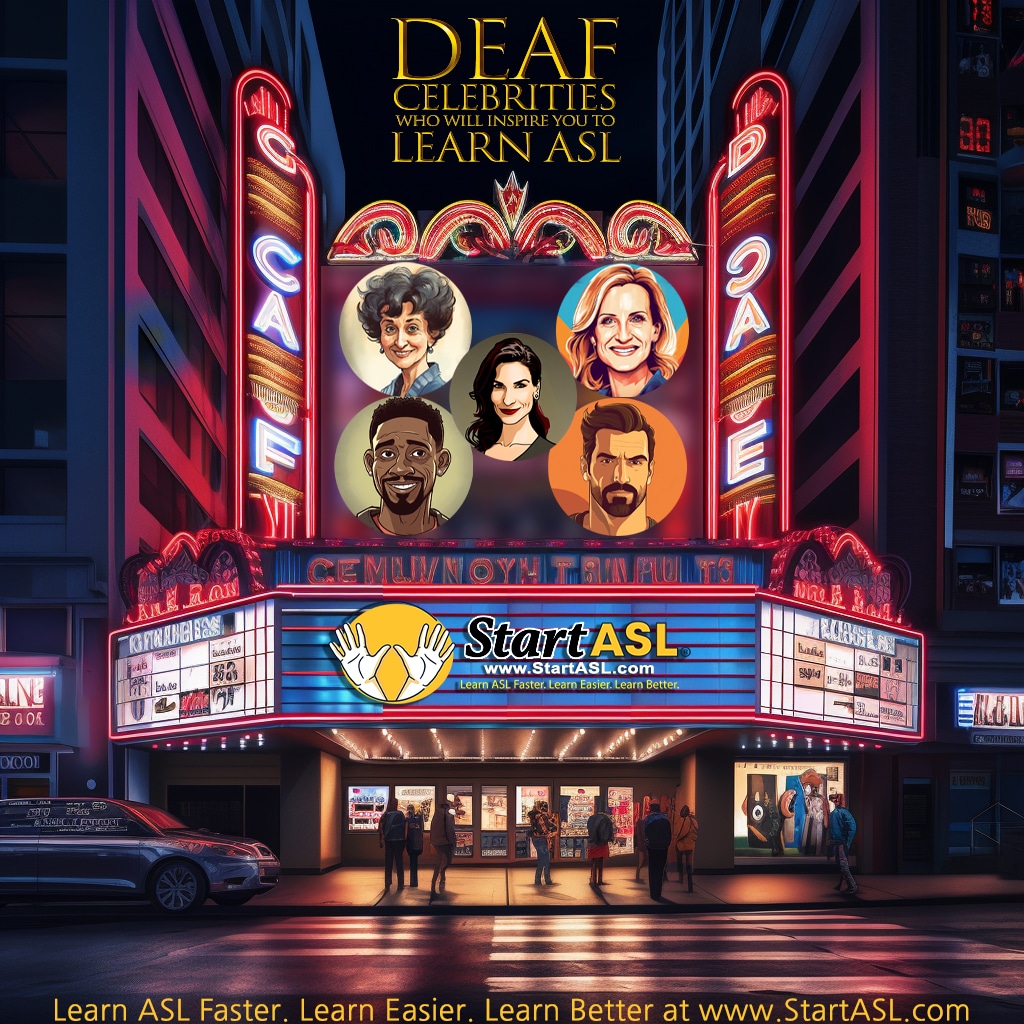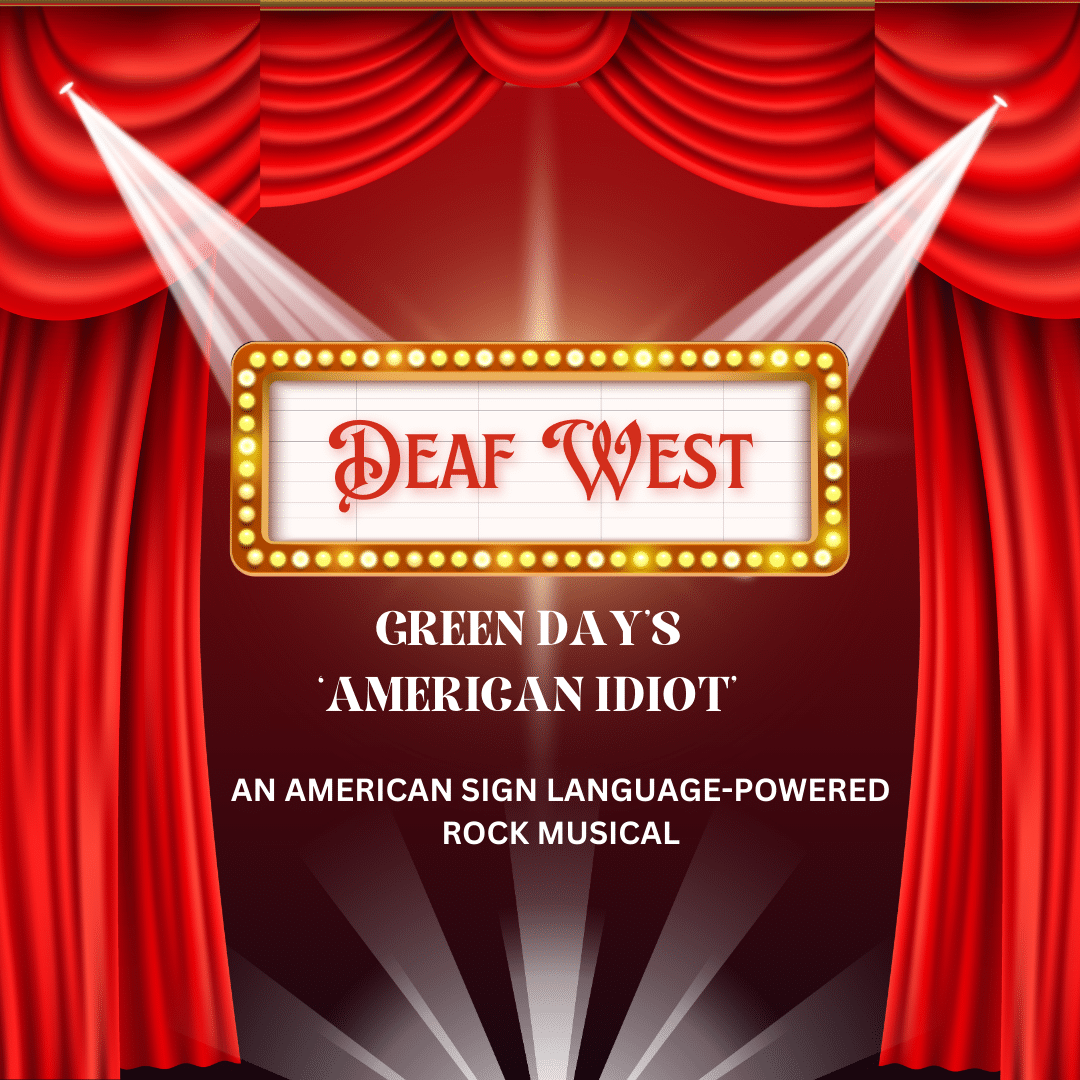
Challenges Faced by Deaf Students in Post-Secondary STEM Education
- by Michelle Jay
- No Comments
by Anonymous (09/04/2020)
In the United States, as of 2006, about 1 in 20 people is considered deaf or hard of hearing (1), however its uncommon to encounter deaf students in most colleges and universities. Around 1.3% of enrolled college students are deaf, and are more likely to enroll in Associates programs, community colleges, and online programs than hearing people (2). They are also typically older than hearing people when they enter college and more likely to attend as part-time students (2). In my undergraduate experience I was a member of an ASL club, of which only 4 of about 20 participants were Deaf or hard of hearing, and I never encountered a deaf student in the science program in over 7 years of schooling. Unfortunately, lack of deaf enrollment in college STEM programs may be due in part to difficulty attaining and using accommodations provided by colleges and universities – an issue also faced by students outside of the Deaf community that need accommodations – as well as difficulties interacting with their peers and several other factors. These issues are faced by deaf students in all majors but may particularly apply to those in STEM programs.
Deaf students attempting to use university provided accommodations may face a difficult time attaining them, for example, making sure an interpreter or some interpretation device is available for every class, or be provided with subpar accommodations such as uncertified interpreters or interpreters that are unfamiliar with subject material (3). These difficulties can make learning already complicated scientific material harder, as well as embarrass the student or make the student feel as though he or she is unwelcome. These problems could be solved with proper funding and education. One possible change may be to hire interpreters that are either already well versed in STEM vocabulary and topics or are willing to spend time learning them. Another step in the right direction may be to provide professors and mentors that have Deaf students with educational material about Deaf culture and tips on how to best interact with them. Professors may be better able to accommodate and communicate with their Deaf students, as well as avoid any misunderstandings or offenses due to cultural differences.
Accommodation difficulties and professors are not the only reasons Deaf students may feel unwelcome in STEM programs. STEM programs are difficult and can foster extremely competitive environments. Deaf students may be left out or treated differently during laboratory classes, group projects, study groups, and class discussions due to perceived lack of intelligence or communication difficulties (3). Hearing students unfamiliar with the Deaf community may feel uncomfortable if a Deaf student is assigned to be their lab partner or in their group, and worst case, may worry that they will have to do all of the work or that their grade will suffer because of their Deaf partner; all students in these situations suffer. In these cases, professors can help alter any unflattering views of Deaf classmates by treating them no differently than any other student. Encouraging students to educate themselves about Deaf culture may also help foster interaction between the students so that Deaf students are not excluded from groups or seen as a frustrating addition.
Lack of inclusion in groups and class discussions can be exacerbated by the lag time between when something is said and when it is interpreted for the student. Class discussions tend to move quickly, and by the time the Deaf student is able to ask a question, the discussion topic may have changed (3). Lag time may be especially prevalent in STEM classes, where there are many complicated terms and concepts that do not have signs and must be fingerspelled. The students understanding of the topic may be significantly impacted by their inability to participate in discussions as well as the lack of appropriate signs for scientific terms and topics. Therefore, professors and student groups can incorporate pauses, or move discussion topics along slower so that Deaf students can participate. While some may find this inconvenient, this method to include Deaf students may also help include students that process ideas slower than others, as well as allow space for quiet students to participate as well. Though there are still many STEM terms and topics without signs, there is a new program called The ASL Clear Project (4) that is dedicating it’s time to creating STEM signs that shorten lag time and increase the Deaf students understanding of scientific topics.
One way Deaf students in STEM may avoid these difficulties is by attending schools and programs specifically designed for Deaf students, such as the master of science degree program at the Rochester Institute of Technology (5). These programs employ Deaf instructors and allow the student to have Deaf peers, thus avoiding the pressures associated with interactions with groups of hearing classmates. These programs likely provide the best STEM education and environment for Deaf students. However, that does not mean that these universities should be the only option for prospective Deaf students, or that accommodations in other universities can continue to be found lacking by the Deaf community.
While there are many advocacy groups and meetings for Women and minorities in STEM, in which the Deaf Community falls as a cultural minority, Deaf students are often not part of these programs. Along with Women and minorities in STEM, perhaps groups for Deaf students in STEM could be formed to specifically advocate for and encourage Deaf students interested in the sciences to join university programs.
In addition, ASL should be made more available to hearing students. Many students never encounter ASL in their lives, or until later in their college experience. Adding it as a standard language class in high schools (as Spanish is here in the South) and in colleges can not only make people more aware of the Deaf community but increase the number of people that know about and respect Deaf culture. Most of the Deaf community is proud to be who they are, and do not view themselves as having any sort of disability (6). If more of an effort is made to educate the public about Deaf culture, perhaps some of the challenges faced by Deaf students in STEM programs, as well as other programs, would be lessened or even disappear.
Works Cited
1. Mitchell RE. 2006. How Many Deaf People Are There in the United States? Estimates From the Survey of Income and Program Participation. The Journal of Deaf Studies and Deaf Education. 11(1):112–119.
2. Garberoglio CL, Palmer JL, and Cawthon S. 2019. Undergraduate Enrollment of Deaf Students in the United States. National Deaf Center on Post-secondary Outcomes.
3. Braun DC, Clark MD, Marchut AE, et al. 2018. Welcoming Deaf Students into STEM: Recommendations for University Science Education. CBE Life Sciences Education. 17(3).
4. https://stemforall2019.videohall.com/presentations/1534
5. https://www.rit.edu/study/secondary-education-students-who-are-deaf-or-hard-hearing-ms
6. Lane H. 2005. Ethnicity, Ethics, and the Deaf-World. The Journal of Deaf Studies and Deaf Education. 10(3): 291–310.


